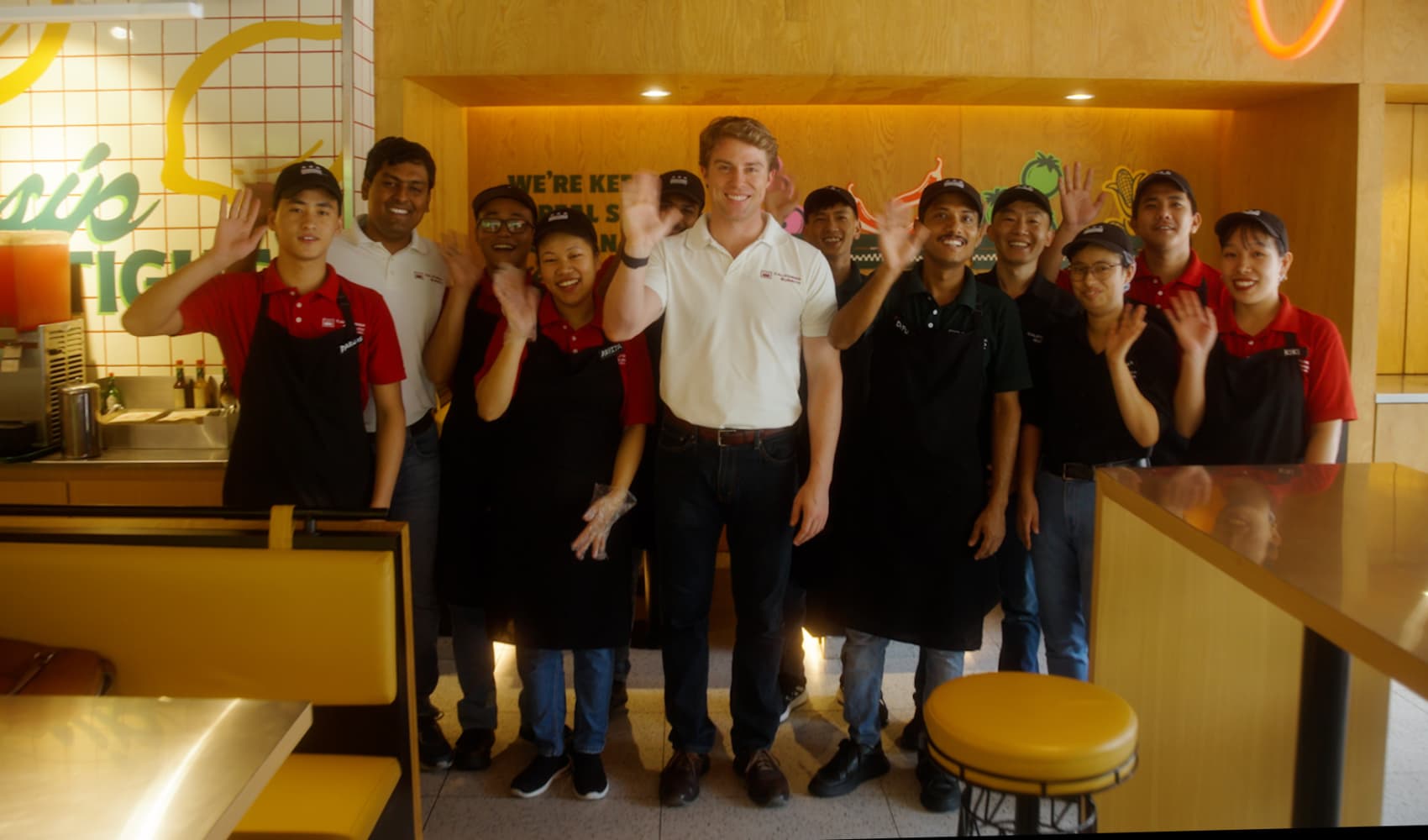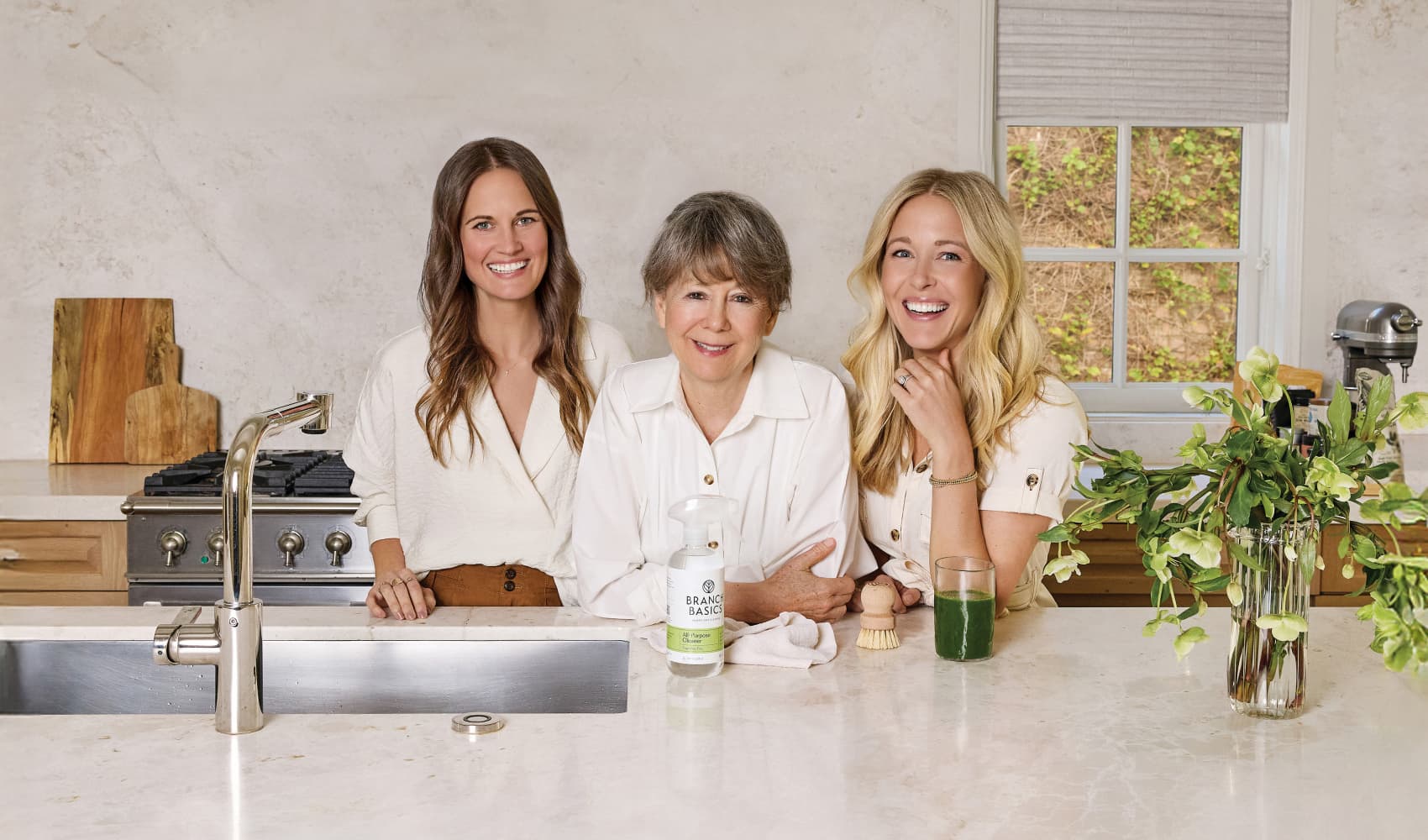Burrito Empire: U.S. Expat's $23M India Mistake
From Zero to Burrito Hero: My $23 Million Mistake in India
Introduction: The American Dream, Spicy Edition
Ever dreamt of ditching the 9-to-5 and building your own empire? Bert Mueller, an American expat, didn't just dream it, he did it. He traded the familiar streets of the U.S. for the vibrant chaos of India and built California Burrito, a chain that rakes in a whopping $23 million annually. But here's the kicker: he says it all started with a mistake. Intrigued? So was I. Let's dive into his incredible journey, his triumphs, and yes, that monumental "mistake" that fueled his success.
The Accidental Entrepreneur: A Semester Abroad and a Lightbulb Moment
It all began in 2012, when Mueller, just a fresh-faced 22-year-old college student, found himself in India for a semester abroad. Forget backpacking through Europe; he was about to embark on a culinary adventure. One of his classmates, with Mexican roots, shared some homemade Mexican food with her Indian host family. The result? An explosion of flavor that captivated their taste buds. That's when the idea struck him.
“Something clicked in my head that maybe this was something I could do — I could bring Mexican-inspired cuisine to India,” he says. It wasn't just a fleeting thought; it was the spark that ignited his entrepreneurial fire.
California Dreaming in Bangalore: Building a Burrito Empire
The vision was clear: to introduce the vibrant flavors of Mexican-inspired cuisine to India. But turning that vision into reality required more than just passion. It required guts, determination, and a whole lot of hard work. He decided to start small, focusing on quality ingredients and authentic recipes, tweaked slightly to appeal to the Indian palate.
Finding the Right Flavor Profile: Authenticity with a Twist
One of the biggest challenges was adapting the flavors to suit local preferences. While Indians generally appreciate spicy food, the specific spice profiles and ingredients differ significantly from Mexican cuisine. He had to find that sweet spot between authenticity and palatability.
The 100 Rupee Frenzy: When Viral Goes Wild
California Burrito's popularity exploded. To celebrate the opening of their 100th location, they ran a promotion: everything on the menu for just 100 rupees (approximately $1.20 USD). The deal went viral, and the response was overwhelming.
Chaos and Crowds: The Price of Success
“We wound up with these incredible lines out of the stores because too many people had showed up,” Mueller recalls. It was a good problem to have, but it also highlighted the challenges of managing rapid growth and unexpected demand. Were they prepared for such a huge influx of customers? Perhaps not entirely. But they learned quickly.
So, What Was the No. 1 Mistake? The Truth Revealed
Now, for the million-dollar question (or rather, the $23 million question): what was Bert Mueller's biggest mistake? You might expect a tale of financial mismanagement, a disastrous marketing campaign, or a failed product launch. But it's something far more fundamental. His "mistake," he says, was thinking he knew everything.
The Arrogance of Youth: Learning to Listen
When he started, Mueller, like many young entrepreneurs, was brimming with confidence. He had a vision, he had a plan, and he was convinced he knew best. But as he grew, he realized the importance of listening to his team, his customers, and his mentors. “I thought I had all the answers,” he admits. “But I quickly learned that I had a lot to learn.”
Building a Team: The Power of Collaboration
No one builds an empire alone. Mueller realized early on that surrounding himself with talented and dedicated people was crucial to his success. Building a strong team wasn't just about hiring qualified individuals; it was about creating a culture of collaboration, trust, and mutual respect.
Empowering Employees: Creating a Winning Culture
He understood that his employees were his most valuable asset. By empowering them, providing opportunities for growth, and fostering a positive work environment, he created a team that was invested in the success of the company. Happy employees equal happy customers, and happy customers equal a thriving business.
Navigating the Indian Market: A Crash Course in Culture
Doing business in India is vastly different from doing business in the U.S. From navigating bureaucratic hurdles to understanding local customs and traditions, Mueller faced a steep learning curve. He had to adapt his business practices to fit the Indian context.
Understanding Cultural Nuances: Building Trust and Rapport
Building relationships is paramount in Indian culture. It's not just about the transaction; it's about building trust and rapport. Mueller learned to prioritize building strong personal connections with his suppliers, partners, and employees.
The Importance of Adaptability: Rolling with the Punches
In the fast-paced world of business, adaptability is key. Mueller learned to embrace change, to be flexible, and to pivot when necessary. The market is constantly evolving, and businesses must be able to adapt to stay ahead of the curve. The pandemic, for example, forced California Burrito to rethink its entire strategy, focusing on online ordering and delivery.
Embracing Innovation: Staying Ahead of the Curve
Innovation is essential for long-term success. Mueller constantly seeks out new ways to improve his products, his services, and his operations. He invests in technology, he experiments with new recipes, and he listens to customer feedback. Staying stagnant is a recipe for disaster.
Lessons Learned: Key Takeaways for Aspiring Entrepreneurs
Mueller's journey is a testament to the power of hard work, perseverance, and a willingness to learn. His story offers valuable insights for aspiring entrepreneurs, both in India and around the world. Here are some key takeaways:
- Embrace your mistakes: Don't be afraid to fail. Failure is a learning opportunity.
- Listen to your team: Surround yourself with talented people and value their input.
- Adapt to your environment: Be flexible and willing to change your plans.
- Build relationships: Invest in building strong personal connections.
- Never stop learning: Stay curious and constantly seek out new knowledge.
Looking Ahead: The Future of California Burrito
With over 100 locations and a thriving business, California Burrito's future looks bright. Mueller has ambitious plans for expansion, both within India and beyond. He's constantly exploring new opportunities and experimenting with new ideas. He’s not just building a burrito chain; he’s building a brand.
Conclusion: From "Mistake" to Masterpiece
Bert Mueller's journey is an inspiring tale of entrepreneurial spirit and cultural adaptation. He turned a semester abroad and a simple idea into a multi-million dollar business. His biggest "mistake" – believing he knew everything – became his greatest teacher, pushing him to listen, learn, and adapt. From navigating cultural nuances to building a strong team, his story is a masterclass in entrepreneurship, proving that with passion, perseverance, and a healthy dose of humility, anything is possible. So, are you ready to take a bite out of your own entrepreneurial dream?
Frequently Asked Questions
- What was the biggest challenge Bert Mueller faced when starting California Burrito in India?
Adapting the flavors of Mexican cuisine to suit the Indian palate was a major challenge. Finding the right balance of spices and ingredients to appeal to local tastes while maintaining authenticity required experimentation and careful consideration.
- How did California Burrito achieve such rapid growth and popularity in India?
Several factors contributed to their success, including offering a unique and appealing cuisine, strategic marketing campaigns (like the 100 rupee promotion), and building a strong brand reputation for quality and customer service.
- What advice does Bert Mueller have for other entrepreneurs looking to start a business in a foreign country?
He emphasizes the importance of cultural sensitivity, building strong relationships, and being adaptable to change. He also stresses the need to listen to local advice and to surround yourself with a talented and diverse team.
- How did California Burrito adapt to the challenges posed by the COVID-19 pandemic?
The company shifted its focus to online ordering and delivery services. This involved optimizing its online platform, partnering with delivery aggregators, and implementing safety protocols to ensure customer confidence.
- What is Bert Mueller's vision for the future of California Burrito?
His vision includes expanding the chain's presence both within India and internationally, exploring new menu items and innovative technologies, and continuing to build a strong and sustainable brand that resonates with customers.


